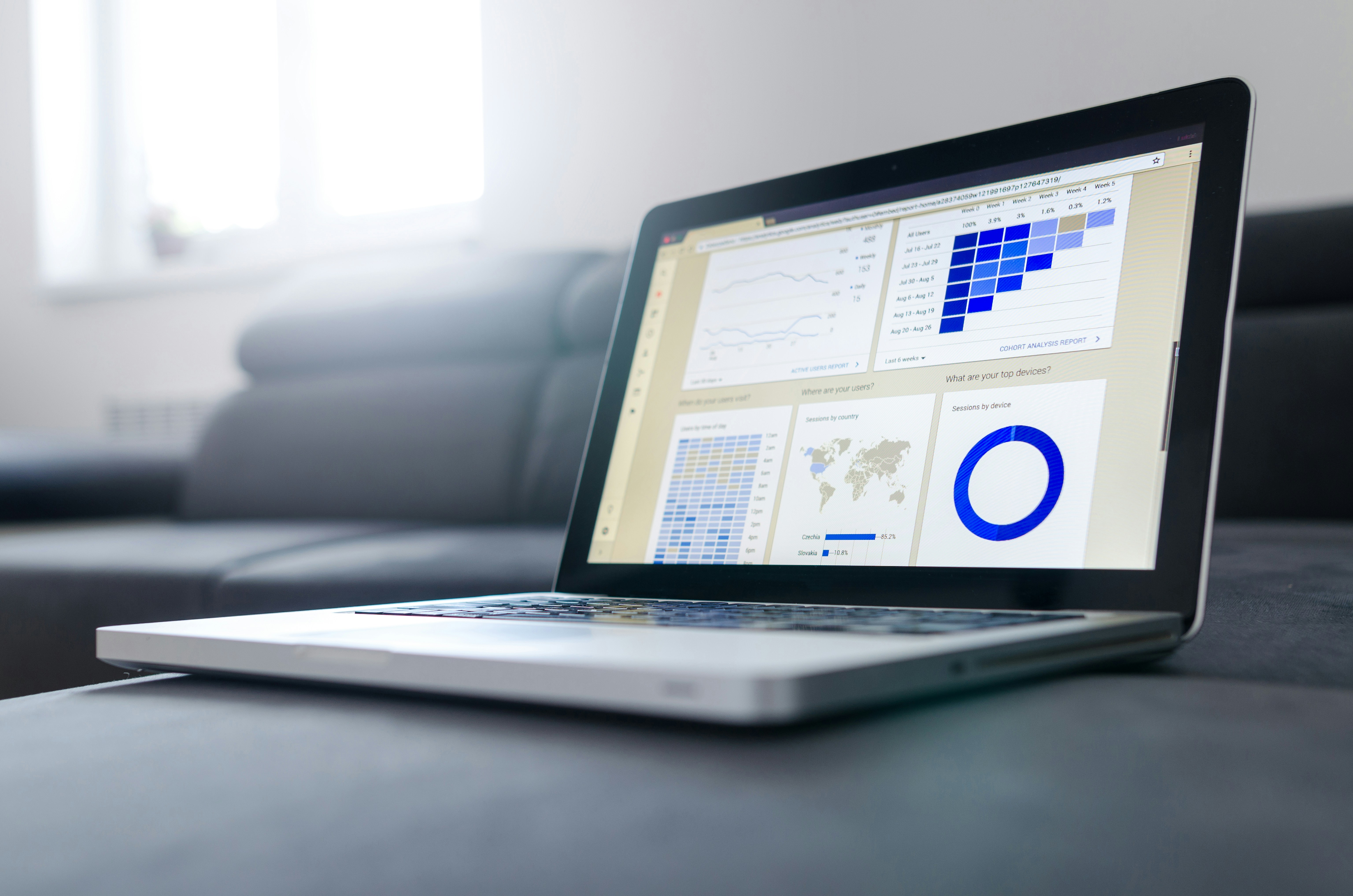Online Bookkeeping Services
Call Today: 877-880-4404
Our Services
Services




Clean Up
Let's get Your accounts Cleaned up!
Categorize transactions
Reconcile your accounts
Generate Financial reports
(Profit & Loss, Balance Sheet)
12 months Starting at $2000

Full Service Online Bookkeeping
Full-Service Bookkeeping
Categorize your transactions
Reconcile your accounts
Financial Statements:
Profit & Loss, Balance Sheet, Accounts Payable, & Accounts Receivable
Create your bills & invoices and track payments (A/P & A/R management)
Starting at $550/month

Quick Start Set Up
Connect Business Bank Accounts
and Credit Cards
Set up Chart of Accounts
Starting at $350
We Believe in Customer Service
Constant Contact
Commitment to our Customers
Best Quality You Can Get
High Level Of Bookkeeping Knowledge

Understanding Essential Accounting Terms for Small Businesses
Hey there, small business warriors! 🌟 Whether you're a startup just getting off the ground or a seasoned entrepreneur, one thing's for sure: understanding basic accounting terms is crucial. But don’t worry, you don’t need to be a financial wizard to get a handle on these concepts. Let’s break down the essentials in a fun and straightforward way.
Assets
Think of assets as anything your business owns that has value. This could be cash, inventory, equipment, or even a company car. In simple terms, assets are the goodies that help your business run and grow.
Liabilities
Liabilities are what your business owes to others. This includes loans, credit card debt, and any other obligations. Basically, liabilities are your business's "I owe you" notes.
Equity
Equity is the owner's claim to the assets of the business after all liabilities have been deducted. It’s like saying, "What’s left for me after paying off all debts?" It’s also known as net worth.
Revenue
Revenue is the money your business earns from selling goods or services. It’s the lifeblood of your business – the cash that keeps everything flowing.
Expenses
Expenses are the costs your business incurs to generate revenue. These can be rent, utilities, salaries, and more. In essence, expenses are the necessary evils you need to pay to keep your business going.
Profit (or Net Income)
Profit is what’s left over after all your expenses are subtracted from your revenue. If your revenue is greater than your expenses, hooray! You've made a profit. If not, you’re running at a loss, which isn’t necessarily a bad thing, especially in the early stages, but something to keep an eye on.
Cash Flow
Cash flow is all about the movement of money in and out of your business. Positive cash flow means more money is coming in than going out – always a good thing. Negative cash flow means you’re spending more than you’re earning, which can be a red flag.
Accounts Receivable
Accounts receivable represents the money owed to your business by customers who have purchased your goods or services on credit. It’s like a friendly IOU from your clients.
Accounts Payable
Accounts payable is the money your business owes to suppliers and vendors for services or goods received. Think of it as your business’s IOUs to others.
General Ledger
The general ledger is the master list that records all your business’s financial transactions. Think of it as the big book where every penny earned or spent is written down.
Balance Sheet
The balance sheet gives you a snapshot of your business’s financial health at a specific point in time. It lists your assets, liabilities, and equity, showing you exactly where your business stands.
Income Statement
Also known as the profit and loss statement (P&L), the income statement shows your business’s revenues and expenses over a specific period. It’s like a report card for your business’s financial performance.
Depreciation
Depreciation is the process of spreading out the cost of a big-ticket item (like equipment) over its useful life. Instead of taking one huge expense hit in the year you bought it, depreciation allows you to expense a portion of it each year.
Inventory
Inventory refers to the goods you have in stock ready to sell. Keeping track of inventory is crucial to ensure you’re not overstocked or understocked.
Fiscal Year
A fiscal year is a one-year period that companies use for accounting purposes and preparing financial statements. It doesn’t necessarily start in January; it can begin in any month.
Wrapping It Up
And there you have it, folks! These are the basic accounting terms every small business owner should know. Understanding these terms can help you make informed decisions, keep your finances in check, and ultimately, lead your business to success.
Got any questions or need further clarification on any of these terms? Drop them in the comments below, and let’s chat! 🌟
Happy bookkeeping! 📚✨
Our Process
We Provide A Perfect Solution For Your Bookkeeping Needs
You Run Your Business, We Will Handle Your Bookkeeping

Call 877-880-4404



